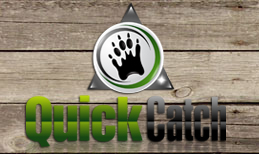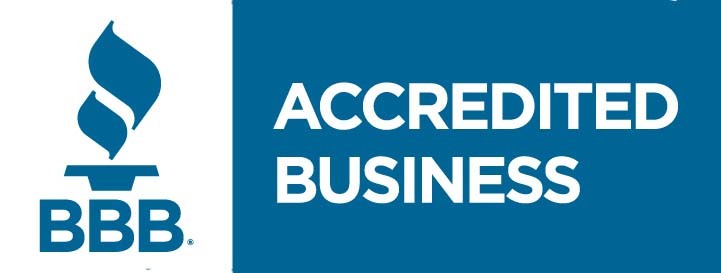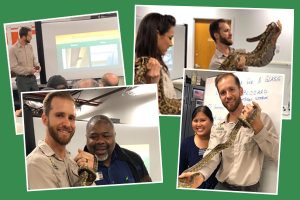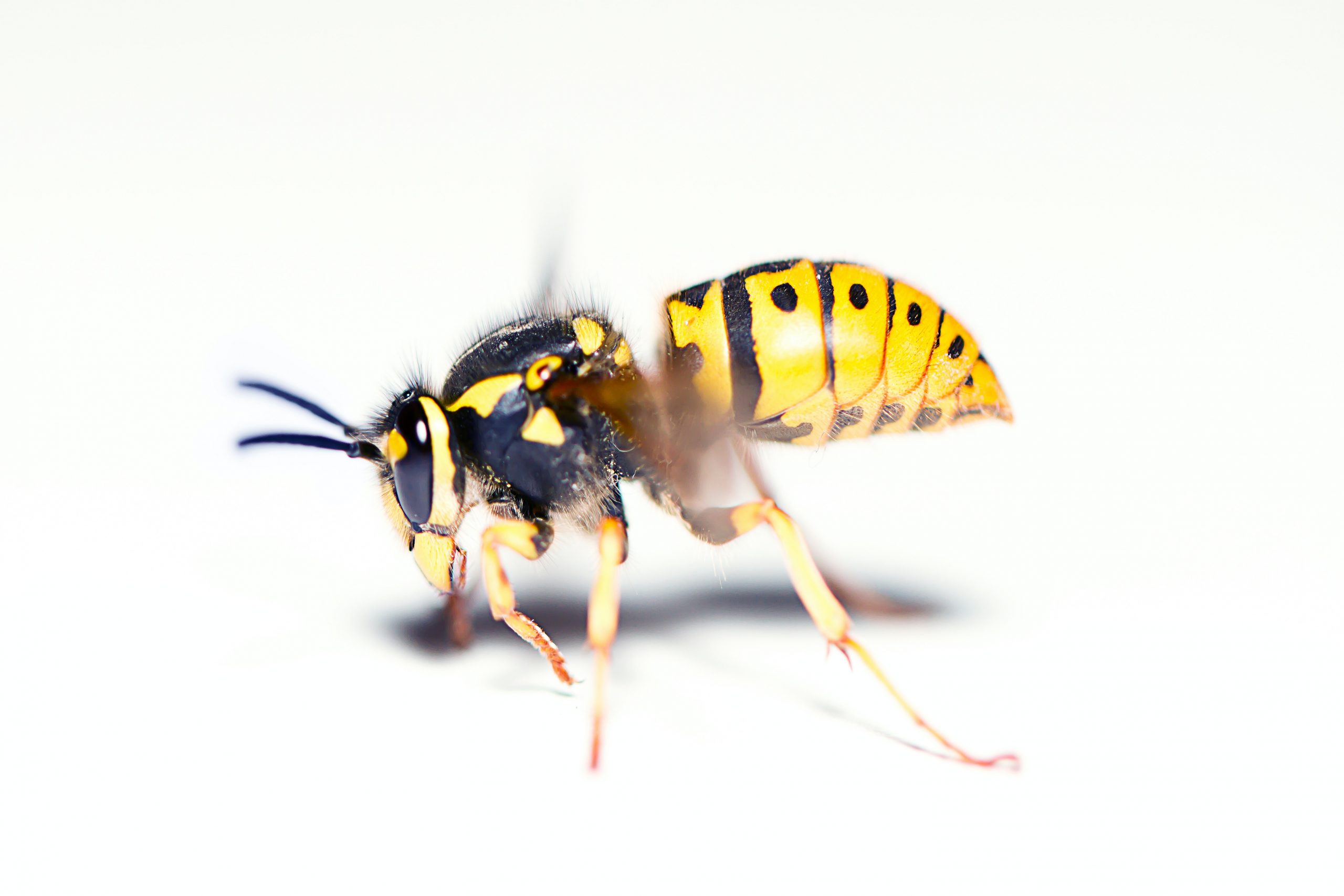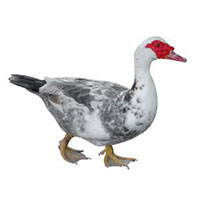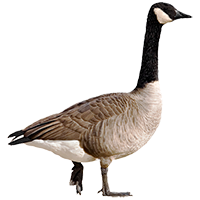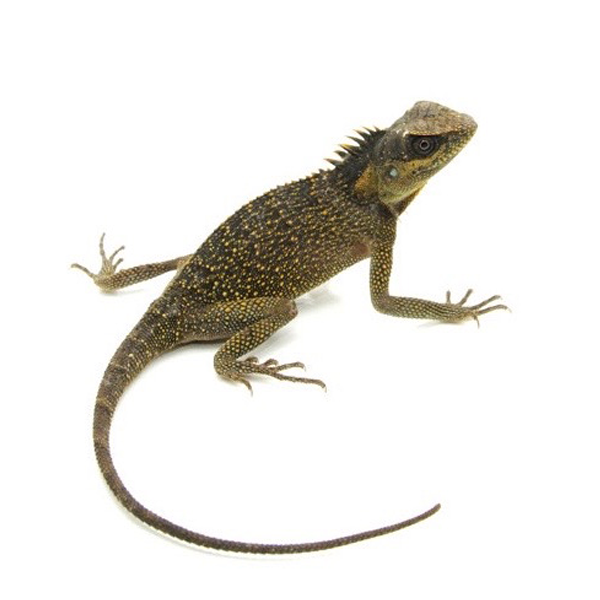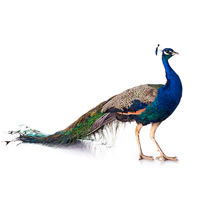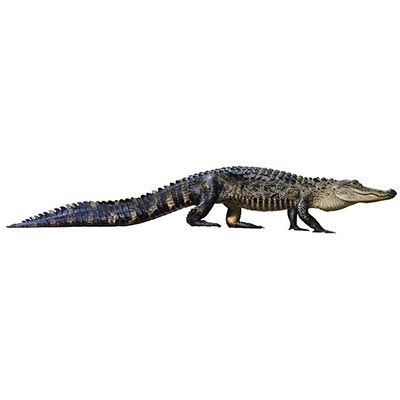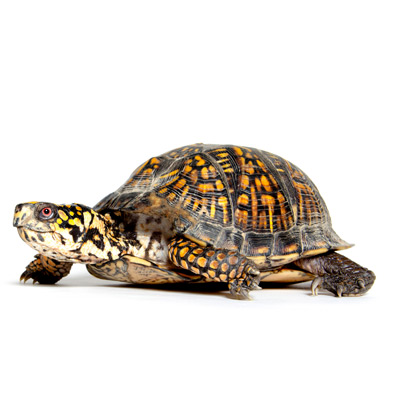Most Invasive Species in Jacksonville Florida
Three Most Invasive Species in Jacksonville Florida.
Quick Catch owner Ryan Boyd goes into detail on the three most invasive species in the north Florida area. These species are snakes, wild hogs, and armadillos.
“Snakes are always going to be here, it’s a warm tropical climate, which is perfect for snakes.”
A blurb we found to on http://edis.ifas.ufl.edu/uw258, sums up the attitude we have about snakes, all wildlife for that matter:
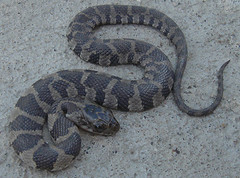
No one wants to come into contact with one of these guys! Although they have their place in the environment, and deserve respect, leave it up to Quick Catch, the professionals to take care of this invasive species. Picture by mikelehen
“Florida’s native snake species play important roles in the environment, serving as prey for many native birds and helping to regulate amphibian and rodent populations. Considering the fact that rodents worldwide help to spread 35 known human diseases, we would be well-advised to learn to respect and appreciate snakes for the role they play in our environment. Unfortunately, many snakes are now threatened by habitat loss caused by development of natural habitats to meet the needs of Florida’s growing human population. Additionally, large numbers of snakes are killed each year as a result of road mortality and persecution by humans. In the U.S., humans kill thousands of snakes each year, yet only 5-6 people die each year of venomous snakebites. In order for snakes and people to safely coexist, it is important that Floridians learn to identify, understand, and respect snakes.
In residential areas where human-snake encounters are likely to occur, we recommend a three-part proactive approach for coexisting safely with snakes. This document provides information on the first step of this proactive approach – learning to identify Florida’s commonly encountered non-venomous and venomous snakes. Please note that, in keeping with the “leave it be” attitude that we advocate, we recommend that you avoid handling snakes if at all possible and never attempt to handle a snake with your bare hands or attempt to handle any venomous snake – that is a task best left to professionals.”
Florida Museum of Natural History is a good site that has a list of Florida snakes, and clearly identifies venomous species.
Read about out Snake Removal Services »
“Wild hogs are not a native species, they were introduced into the United States in the late eighteen hundreds and they just exploded in population.”
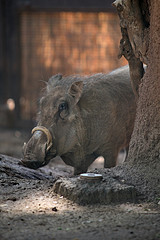
Wild hogs are a dangerous species. They are a non-native species that has taken over Florida. This species has a habit of “rubbing” their bodies against a tree, to mark their territory. This causes much damage to native trees and vegetation. Call Quick Catch to safely remove this invasive species from your property. Picture by cliff1066™.
We found this article on the Florida’s Fish and Wildlife Conservation website. It gives a little more background about the wild hog:
They occur in all of Florida’s 67 counties within a wide variety of habitats, but prefer oak-cabbage palm hammocks, freshwater marshes and sloughs and pine flatwoods. Wild pigs can reach weights of more than 150 pounds and be 5-6 feet long. They usually travel in small family groups or alone. Wild pigs are omnivorous (eating all kinds of foods, both plants and animals) and feed by rooting with their broad snouts. They may cause disturbance of the soil and ground cover vegetation and leave the area looking like a plowed field.
This snippet from http://edis.ifas.ufl.edu/uw322 highlights some damage that can be done by wild hogs:
In addition to the effects of consuming, knocking down, rubbing, and trampling large amounts of native vegetation and crops, the rooting behavior of hogs also causes significant damage. Rooting (digging for foods below the surface of the ground) destabilizes the soil surface, which can lead to erosion and exotic plant establishment; uproot or weaken native vegetation; and damage lawns, dikes, roads, trails, and recreation areas. Hogs have also been known to damage fences and other structures. Finally, hogs’ wallowing behavior destroys small ponds and stream banks and can lead to declines in water quality.
Read about our Wild Hog Removal Services »
“Armadillos are a non-native species. They are an invasive species that migrated over from Mexico, and they are reproducing at incredible rates as well.”

Armadillos also have their eco-niche. They help keep the insect population under control. With that said, to fond these insects, they dig holes, which can cause serious property damage. Quick Catch will take care of this invasive species, in a humane and quick manner. Picture by austinevan.
This article highlights the damage that can be done by these seemingly harmless armadillos.
Armadillos are, to some degree, beneficial because they eat adult insects and larvae. But their feeding behavior also can cause problems for property owners and managers. When looking for insects in the soil, armadillos dig numerous holes in golf courses, lawns, flowerbeds, and gardens. These holes typically are 1-3 inches (2.5-7.6 cm) deep and 3-5 inches (7.6-12.7 cm) wide. They also uproot flowers and other ornamental plants. Armadillo burrows under driveways and patios can cause structural damage; and burrows in pastures can pose a potential hazard to livestock. http://edis.ifas.ufl.edu/uw082
Read about our Armadillo Removal Services »
If any of these species have caused you a problem, call us at (904) 859-6585. Quick Catch, Humane Wildlife Removal serving Jacksonville Florida and the surrounding Northeast area.
Quick Catch catches wildlife and provide nuisance removal services including:
View the full listing of wildlife and animal removal services.
Read more posts from the Category Wild Animal Stories.




